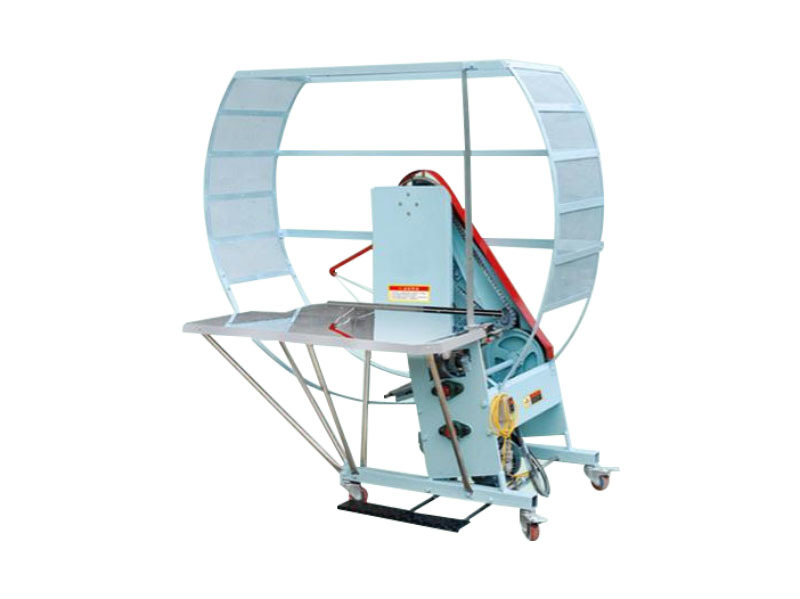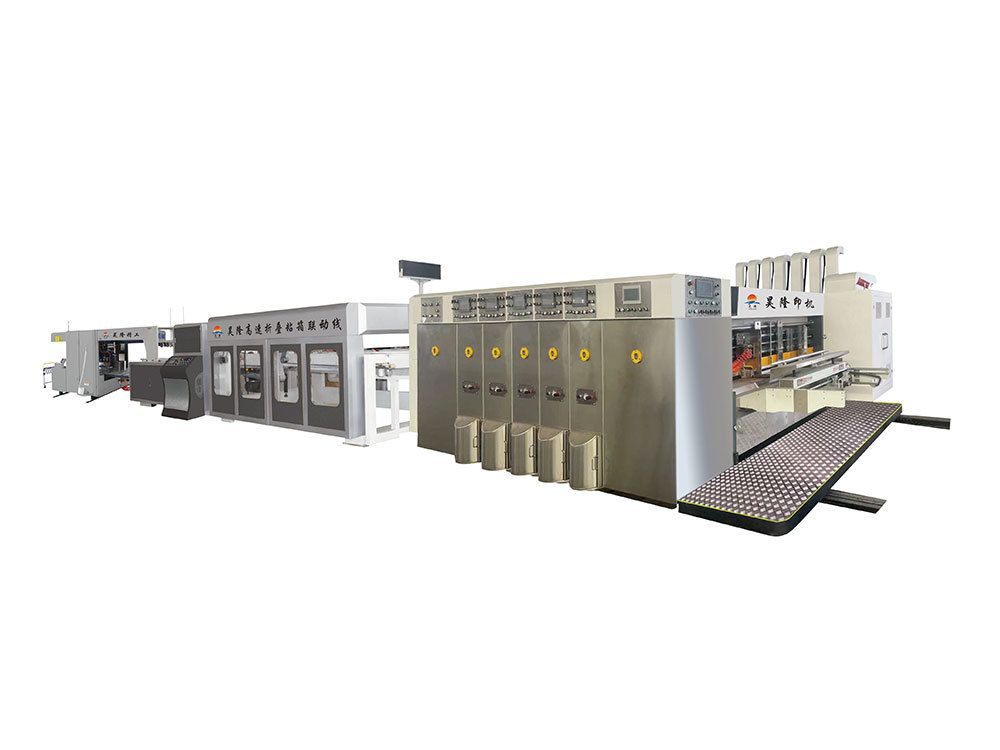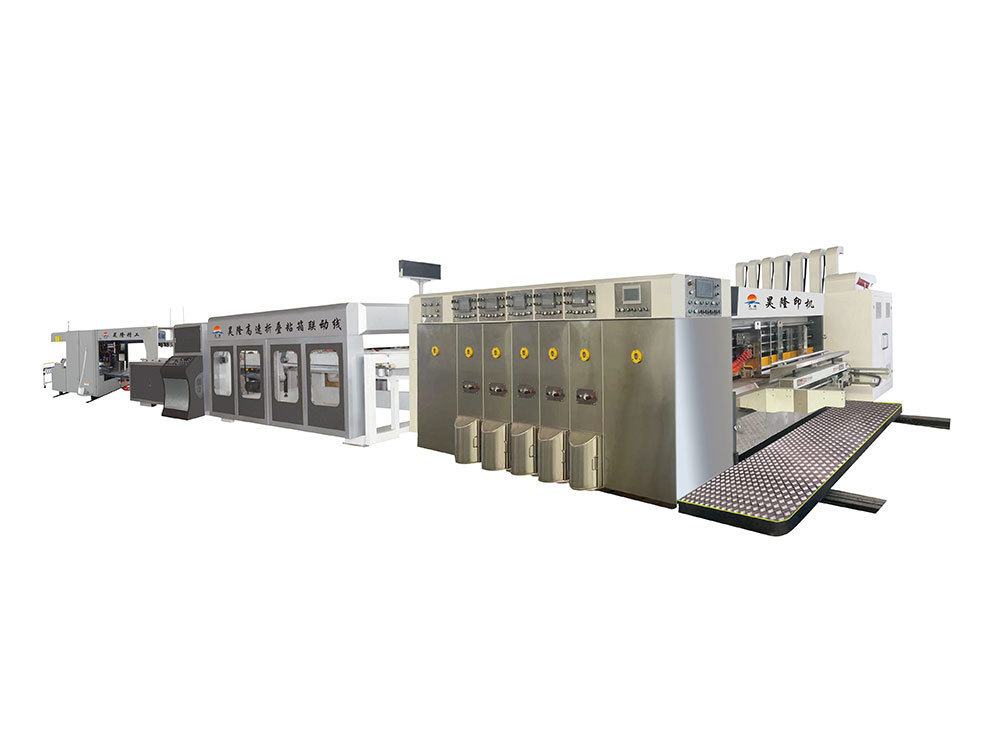Unleashing the Potential of Flexographic Printing Press in Modern Manufacturing
Flexographic printing press technology has emerged as a cornerstone in the manufacturing sector, offering versatility and efficiency that other printing methods may not provide. This printing technique utilizes flexible relief plates to transfer images onto various substrates, making it an ideal choice for many industries, including packaging, labels, and cartons.
One of the primary advantages of the flexographic printing press is its ability to print on a wide range of materials. From flexible packaging films to corrugated boxes, the adaptability of this technology allows manufacturers to meet diverse customer needs. Its compatibility with both porous and non-porous substrates expands the possibilities for product packaging and branding.
In addition to its material versatility, the flexographic printing press is renowned for its speed and high production capabilities. With the ability to achieve high print speeds, businesses can increase their throughput, thus reducing turnaround times. This efficiency is especially beneficial in industries where quick delivery times are critical.
The quality of prints produced by flexographic printing presses has also seen significant advancements. Modern presses come equipped with advanced technologies that ensure high-resolution images and consistent color reproduction. These enhancements not only improve the overall appearance of the printed materials but also elevate brand visibility and consumer appeal.
Technological innovations continue to shape the landscape of flexographic printing. The introduction of digital workflows, for instance, allows for quicker job setups and reduced waste. With the integration of automation and smart technologies, manufacturers can achieve higher levels of precision and reduce human error, further optimizing production processes.
Moreover, the sustainability aspect of flexographic printing presses cannot be overlooked. Many manufacturers are now focusing on eco-friendly inks and substrates, aligning their production practices with the growing demand for sustainable packaging solutions. This shift not only meets consumer expectations but also contributes to reducing the environmental impact of printing operations.
For businesses exploring the flexographic printing press, it is crucial to consider factors such as print quality, speed, substrate compatibility, and sustainability. By understanding these elements, professionals can make informed decisions that will ultimately enhance their production capabilities and help them stay competitive in an ever-evolving market.
In summary, the flexographic printing press represents a vital component of modern manufacturing processes. Its versatility, efficiency, and continuous technological advancements make it a preferred choice for many sectors. By leveraging the strengths of this printing technology, businesses can not only improve their operational efficiencies but also respond more effectively to market demands.
One of the primary advantages of the flexographic printing press is its ability to print on a wide range of materials. From flexible packaging films to corrugated boxes, the adaptability of this technology allows manufacturers to meet diverse customer needs. Its compatibility with both porous and non-porous substrates expands the possibilities for product packaging and branding.
In addition to its material versatility, the flexographic printing press is renowned for its speed and high production capabilities. With the ability to achieve high print speeds, businesses can increase their throughput, thus reducing turnaround times. This efficiency is especially beneficial in industries where quick delivery times are critical.
The quality of prints produced by flexographic printing presses has also seen significant advancements. Modern presses come equipped with advanced technologies that ensure high-resolution images and consistent color reproduction. These enhancements not only improve the overall appearance of the printed materials but also elevate brand visibility and consumer appeal.
Technological innovations continue to shape the landscape of flexographic printing. The introduction of digital workflows, for instance, allows for quicker job setups and reduced waste. With the integration of automation and smart technologies, manufacturers can achieve higher levels of precision and reduce human error, further optimizing production processes.
Moreover, the sustainability aspect of flexographic printing presses cannot be overlooked. Many manufacturers are now focusing on eco-friendly inks and substrates, aligning their production practices with the growing demand for sustainable packaging solutions. This shift not only meets consumer expectations but also contributes to reducing the environmental impact of printing operations.
For businesses exploring the flexographic printing press, it is crucial to consider factors such as print quality, speed, substrate compatibility, and sustainability. By understanding these elements, professionals can make informed decisions that will ultimately enhance their production capabilities and help them stay competitive in an ever-evolving market.
In summary, the flexographic printing press represents a vital component of modern manufacturing processes. Its versatility, efficiency, and continuous technological advancements make it a preferred choice for many sectors. By leveraging the strengths of this printing technology, businesses can not only improve their operational efficiencies but also respond more effectively to market demands.
TAG:
Related Posts
Unlocking Efficiency in Packaging: The Role of Folder Gluers
In the realm of manufacturing and processing machinery, particularly within the packaging machinery sector, folder gluers play a pivotal role. These machines are designed specifically for the efficient assembly of folding cartons, which are widely used in various industries, from food and beverage to pharmaceuticals. Understanding the functionality and benefits of folder gluers can significantly i











